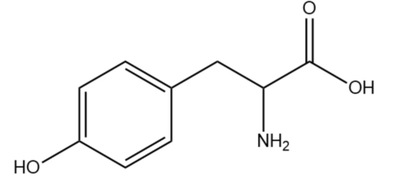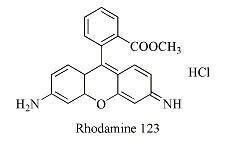What are the classification of fluorescent labeled peptide
What is fluorescence
Fluorescence refers to a photoluminescence cold luminescence phenomenon. When a normal temperature substance is irradiated by an incident light of a certain wavelength (usually ultraviolet or X-ray), it enters an excited state after absorbing light energy, and immediately deactivates and emits outgoing light longer than the wavelength of the incident light (usually the wavelength is in the visible light band); And once the incident light is stopped, the luminous phenomenon immediately disappears.At present, fluorescent labeling technology is widely used in peptide synthesis.
Outgoing light with this property is called fluorescence. In daily life, people generally refer to all kinds of weak light as fluorescence (peptide fluorescent labeling) in a broad sense, without carefully investigating and distinguishing its luminous principle.
The fluorescence properties of the studied objects (proteins, peptides, etc.) are changed after adsorption or covalent binding with fluorescent dyes, so as to reflect the information about the properties of the studied objects.
What is fluorescent labeling technology
Fluorescent labeling technology: It is a technology that connects the covalent bonds of fluorophores to proteins, nucleic acids and other molecular substances that can be recognized. This technique uses the specific groups of the fluorescent signal substance to react with the specific groups of the molecular substance to complete its labeling process, and uses the fluorescence characteristics of the marker to provide the signal of the detected object. Fluorescent labeling method has the advantages of non-radioactivity, simple operation, high sensitivity and good selectivity.


Classification and use of fluorescent labeling reagents
Classification of fluorescent labeling reagents: In fluorescent labeling technology, commonly used reagents are Rhodamine and fluorescein, etc., other fluorescent labeling reagents, as well as polycyclic aromatic compounds, aromatic heterocyclic compounds and some rare earth elements chelates.
Fluorescent dye-labeled peptides are used for biomedical imaging, protein binding and localization in vivo. Fluorescein can be directly connected to the N-terminal of the peptide (the connection of fluorescein isothiocyanate is usually inserted directly into the n-terminal of the peptide and fluorescein isothiocyanate with a amino acid or β-alanine). Either a side chain connection with lysine (or cysteine) at the C-terminal, or a link in another location that can be connected.
Read Related Articles:
Copyright © 2020 Omizzur Inc | Terms & Conditions | Privacy Notice | Sitemap